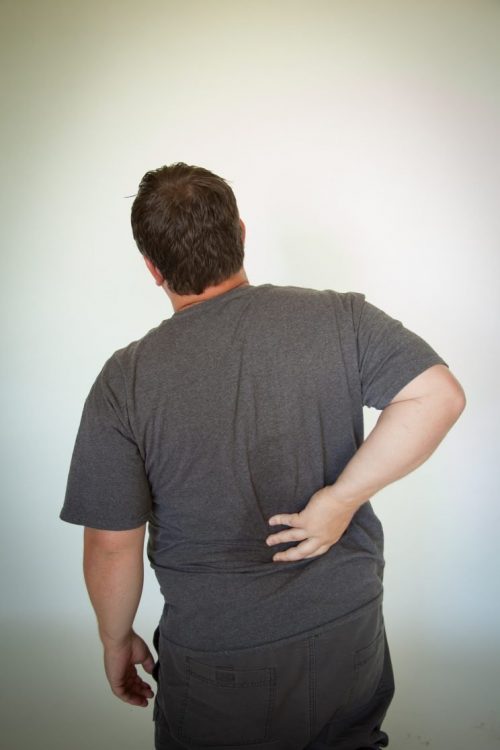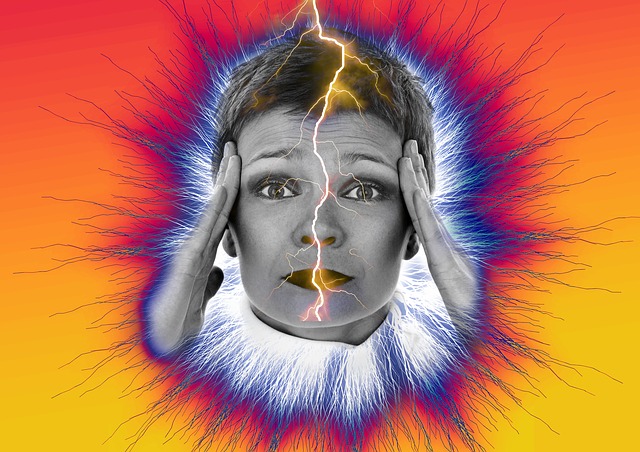Cervicalgia or often popularly known as continual neck pain can affect 60 % of the population sooner or later in their life.
Cervicalgia is a term which happens to be given to distinguish a kind of neck discomfort which doesn’t extend down the arms. This particular term hails from the Latin expression for neck cervic, as well as the Greek algos which means pain. The complaint is one which is different from other kinds of neck discomfort which are typically an effect involving nerve compression within the neck.
Typically the muscles located in the neck are under consistent pressure to help maintain good posture and also support the brain as well as the skull, together with each other these weigh approximately ten lbs in an adult human. When the head is pushed forwards by a single inch, the stresses are more than doubled in the muscles in the neck. Over time, the tension which is applied to the cervical muscles usually takes its toll, resulting in exhaustion, muscle spasms, cramps, and stiffness. If they are not remedied the situation can become so acute that mobility and flexibility will be diminished.
The situation could evolve in response to chronic strain of the muscle groups, inflamation related joint problems, injury to your neck, and also through wear and tear. Many experts have indicated that due to the increase in the time period a normal individual spends sitting looking at a personal computer on a daily basis, the occurrence of this particular problem has risen. So long as the wear and tear is not actually permanent, as will be the underlying cause with arthritis or spinal curvature, it is possible to handle and get rid of cervicalgia.
Typically the symptoms of this problem involve both persistent as well as sharp pains in the neck, discomfort when turning the head, stiffness, along with discomfort, along with regular headaches. If you think maybe that you are currently being affected by cervicalgia, it is essential to seek out competent examination at the earliest opportunity. If you’re not treated, gradually there may be a deterioration in the cervical spinal vertebrae and ligaments which often cause the increase in many other major conditions including myelopathy as well as radiculopathy.
Continuous problems with the neck muscles should not be ignored. It’s acknowledged that these types of medical conditions can also increase the potential for suffering from osteoarthritis in later life. The spine may well try and compensate for the inflammation by way of developing osteophytes, leading to stenosis.
Treatments for cervicalgia are in the most part orthodox, they tend to target symptoms and signs which includes relieving inflammation. Applying ice to the area may be a way to create short-term pain relief. Heat is usually avoided as the following rise in circulation of blood could worsen the problem. Therapeutic massage may be useful as is acupuncture.
Whenever drawing up a treatment plan, it is important that the particular root source of the problem is correctly identified. Diagnostic processes involve patient history, the actual level of the condition, factors which result upon flare-ups, MRI scans, as well as X-ray. Specialized health professionals such as osteopaths and neurologists may be called upon to offer advice and guidance.
In certain cases of cervicalgia, the temporary use of a supportive neck collar can be helpful, though if used in the long term this can add to muscle weakness. Changes in posture should be encouraged, especially if sitting down in front of your personal computer. Medications like painkillers and anti-inflammatory drugs can be taken whenever a person has problems having an everyday life as a consequence of condition.
If you are looking for remedies for Cervicalgia or chronic neck stiffness, make sure you read Mike Wibveys excellent report about back and neck pain



